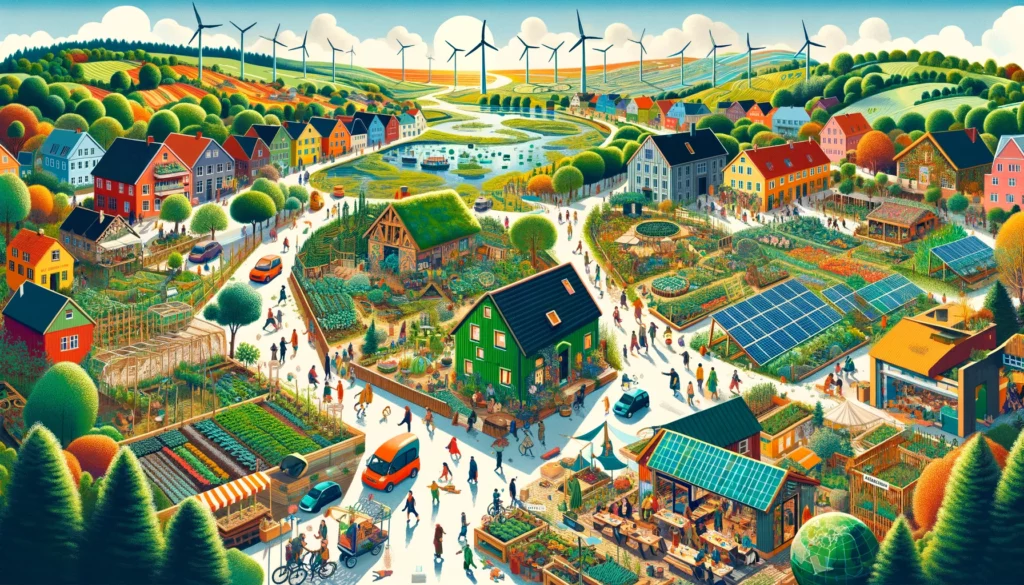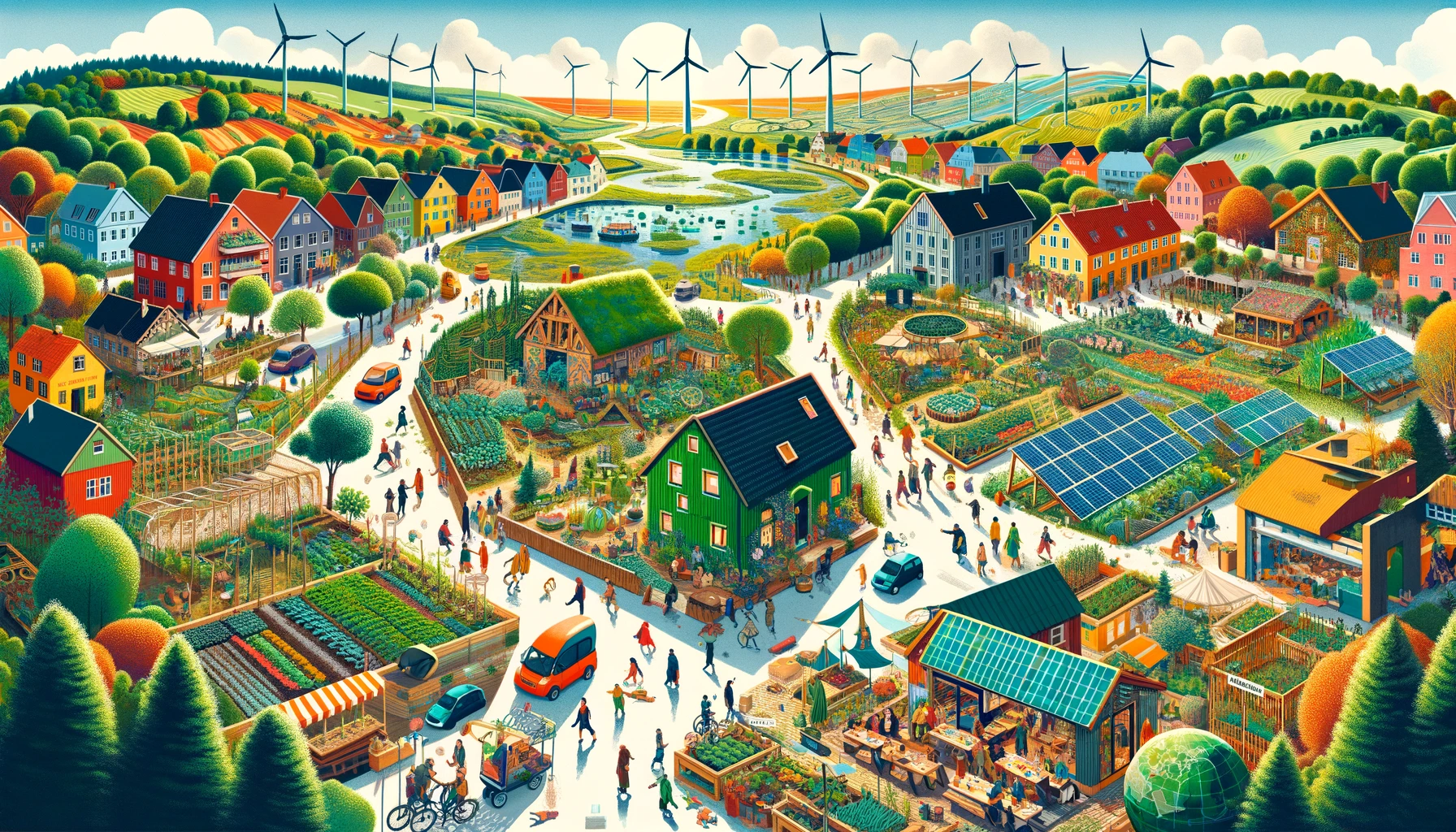Thriving Sustainable Communities: A Global Snapshot
Introduction
In our journey towards a more sustainable and inclusive world, the role of community-based initiatives cannot be overstated. Across the globe, various models of thriving sustainable communities have emerged, each showcasing innovative approaches to social, economic, and environmental challenges. These communities are not just surviving; they are thriving, providing us with valuable lessons and blueprints for a sustainable future. This article explores several examples of such communities, highlighting their strategies and the impact they have on their environments and societies.
What Makes a Community Sustainable?
Before diving into examples, it’s crucial to understand what makes a community sustainable. Essentially, these communities excel in three key areas: environmental stewardship, economic vitality, and social well-being. They manage resources so that future generations will have the means to live well. This involves innovative approaches to energy use, waste management, and social inclusion, ensuring that all community members have a voice in decision-making processes.
Examples of Thriving Sustainable Communities
1. Findhorn, Scotland
Located in Scotland, Findhorn is a community that started in the 1960s and is based on principles of inner spiritual fulfillment and sustainability. Today, it is a flourishing eco-village with over 500 residents. Their success lies in integrating sustainable building practices, renewable energy, local organic food production, and a communal solid governance structure. Findhorn is also a learning center that offers workshops on sustainable living that draw participants from around the world.
2. Auroville, India
Auroville was founded in 1968 with the vision of being a universal town where men and women of all countries could live in peace and progressive harmony. It has evolved into a model eco-village, focusing on sustainable agriculture, green building, renewable energy, and adequate water management. Auroville stands out for its commitment to reforestation and has planted over 2 million trees to restore its arid landscape.
3. Ecovila da Mata, Brazil
Nestled in the Atlantic Forest of Bahia, Ecovila da Mata blends traditional knowledge with modern ecological design. The community focuses on permaculture, natural building techniques, and renewable energy, making it largely self-sufficient. Its educational programs, particularly in sustainable agriculture, attract students and professionals from across Brazil, fostering a broader understanding and implementation of sustainable practices.
4. Christiania, Denmark
Founded in 1971 in the heart of Copenhagen, Christiania is a well-known example of urban sustainability. This community operates on a car-free basis, uses eco-friendly heating systems, and its buildings are constructed mainly from recycled materials. Despite challenges, Christiania has managed to create a robust economy driven primarily by local businesses and arts.
5. Transition Town Totnes, England
In Totnes, the transition town movement has taken root with the aim of increasing self-sufficiency to reduce the ecological and economic impacts of peak oil and climate change. This community has pioneered local currency systems, renewable energy projects, and a plethora of local food initiatives. Its success has inspired similar transition towns globally.
Why These Examples Matter
Each of these communities offers unique insights into the diverse ways of achieving sustainability. From rural villages to urban neighborhoods, these models show that sustainability is universally applicable and beneficial. They prove that with commitment and creativity, communities can overcome sustainability challenges that might seem impossible.

Lessons Learned and Tips for Success
Creating a sustainable community is no small feat. However, the examples above provide actionable lessons and tips:
- Community Involvement: Active participation from all community members is crucial. Engaging local stakeholders in planning and decision-making builds a sense of ownership and responsibility.
- Adaptability: Each community has unique environmental, economic, and social contexts. Sustainable communities thrive on adapting best practices to fit their specific needs and situations.
- Education and Outreach: Ongoing education on sustainability practices and benefits attracts participation and support, both within and outside the community.
- Innovation and Openness: Embracing new technologies and ideas can lead to breakthroughs in sustainability. Communities like Findhorn and Auroville are examples of how openness to new approaches can foster significant progress.
Conclusion
The thriving, sustainable communities highlighted here are testaments to the power of collective action and visionary planning. They offer a beacon of hope and a source of inspiration for others to follow. As we look towards creating more resilient and sustainable societies, these communities not only guide us but also encourage us to imagine and realize a sustainable future together.
By fostering a deeper understanding of these models, we can draw practical lessons that can be replicated and adapted worldwide, ensuring that sustainability becomes a central aspect of community development. The journey to sustainability is long and challenging, but as demonstrated by these communities, it is entirely achievable.

